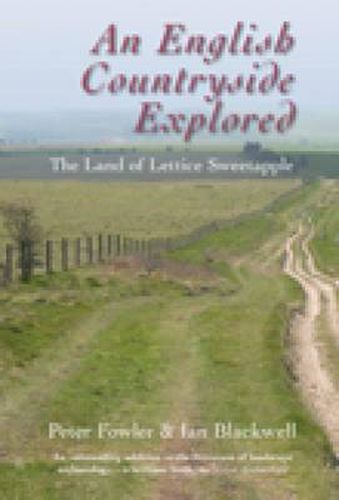Readings Newsletter
Become a Readings Member to make your shopping experience even easier.
Sign in or sign up for free!
You’re not far away from qualifying for FREE standard shipping within Australia
You’ve qualified for FREE standard shipping within Australia
The cart is loading…






Around 1800 Lettice Sweetapple lived in West Overton, Wiltshire, between Avebury and Marlborough. Her house looked across the River Kennet to the chalk downs and southwards to woods once part of the Savernake Forest. She represents hundreds of thousands of people whose lives were shaped by the changing landscape, and who changed it, over ten millennia.
Peter Fowler and his team of archaeologists, historians and scientists have investigated the landscape of the parishes of West Overton and Flyfield over 39 years, not merely as local history but as a microcosm of the English countryside. In setting out to answer the question ‘How has this landscape come to look as it does?’, they have made use of fieldwork, aerial photography, excavation, old maps and documents, geophysics and numerous analytical techniques on everything from standing buildings to flecks of charcoal. The resulting mountain of information contradicts the persistent myth of ‘the unchanging English countryside.
$9.00 standard shipping within Australia
FREE standard shipping within Australia for orders over $100.00
Express & International shipping calculated at checkout
Around 1800 Lettice Sweetapple lived in West Overton, Wiltshire, between Avebury and Marlborough. Her house looked across the River Kennet to the chalk downs and southwards to woods once part of the Savernake Forest. She represents hundreds of thousands of people whose lives were shaped by the changing landscape, and who changed it, over ten millennia.
Peter Fowler and his team of archaeologists, historians and scientists have investigated the landscape of the parishes of West Overton and Flyfield over 39 years, not merely as local history but as a microcosm of the English countryside. In setting out to answer the question ‘How has this landscape come to look as it does?’, they have made use of fieldwork, aerial photography, excavation, old maps and documents, geophysics and numerous analytical techniques on everything from standing buildings to flecks of charcoal. The resulting mountain of information contradicts the persistent myth of ‘the unchanging English countryside.